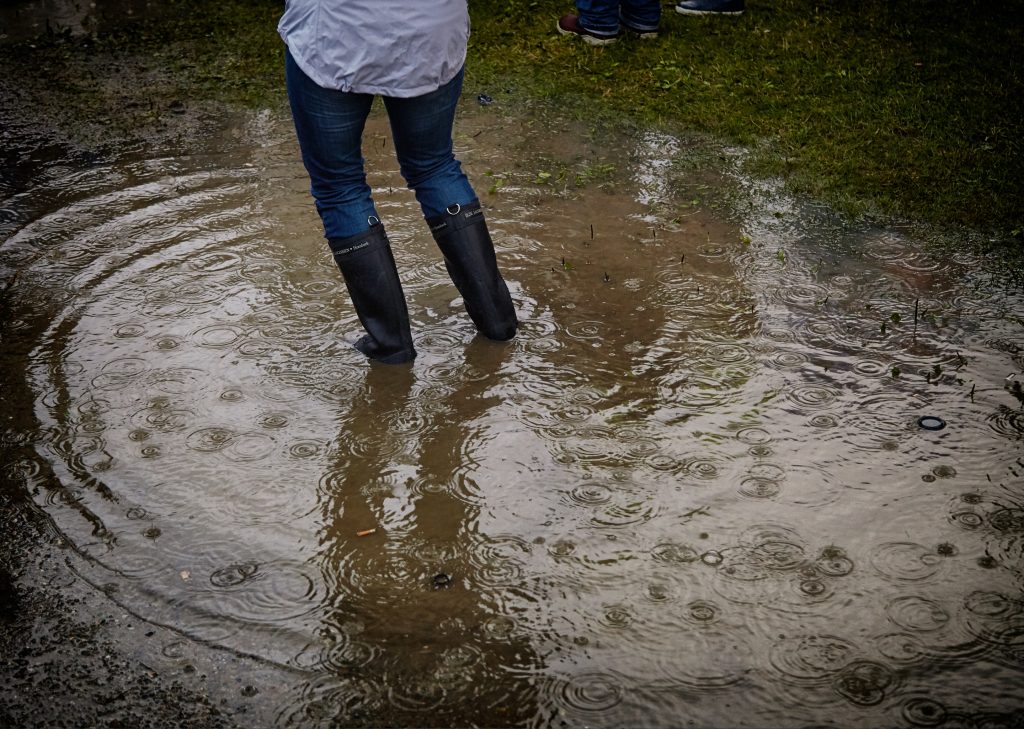Does Homeowners Insurance Cover Retaining Walls?
Retaining walls play a vital role in supporting soil and preventing erosion, making them essential features of many properties. However, homeowners may wonder about insurance coverage for retaining walls, especially in the event of damage or failure. Let’s explore some common questions surrounding homeowners insurance and retaining walls to clarify this topic.

Understanding Homeowners Insurance Coverage for Retaining Walls
The good news is that retaining walls are typically covered under homeowners insurance policies. However, it’s essential to understand the extent of coverage and any potential exclusions. Retaining walls are considered detached structures, similar to sheds or fences, and are covered for various damages, including fire, lightning, wind, and damage caused by automobiles.
Does Homeowners Insurance Cover a Failed Retaining Wall?
In the unfortunate event of a failed retaining wall, homeowners insurance may provide coverage for repair or replacement. However, coverage is subject to certain exclusions. Common exclusions include damage caused by animal activity, foundation or soil settling, flooding, water damage, sewage backup, earthquakes, and ice freezing and thawing in cracks in the wall.
Will Flood Insurance Cover Retaining Walls?
While homeowners insurance may cover certain damages to retaining walls, flood insurance is typically necessary for coverage related to flooding. Flooding poses a significant risk to retaining walls, as it can cause erosion and structural damage. Homeowners in flood-prone areas or those concerned about potential flood damage should consider purchasing flood insurance to protect their retaining walls and property.

Does Home Insurance Cover Erosion?
Erosion is another common concern for homeowners, especially concerning retaining walls. Unfortunately, erosion is often excluded from standard homeowners insurance policies. Erosion can result from various factors, including water runoff, soil composition, and natural forces. To address erosion concerns, homeowners may need to explore additional coverage options or take preventive measures to protect their property.
Factors to Consider
When assessing insurance coverage for retaining walls, it’s essential to consider various factors that may impact coverage. For example, homeowners should review their policy limits to ensure adequate coverage for retaining walls. Additionally, understanding exclusions and potential risks, such as animal activity or natural disasters, can help homeowners make informed decisions about insurance coverage.
Taking Action
If homeowners are concerned about the condition of their retaining wall or potential risks, it’s essential to take proactive steps. This may include consulting with insurance providers to understand coverage options, exploring additional insurance policies, such as flood or earthquake insurance, and conducting regular inspections and maintenance of retaining walls.
In conclusion, retaining walls are valuable features of many properties, providing support and protection against erosion. While homeowners insurance may cover certain damages to retaining walls, it’s essential to be aware of coverage limitations and exclusions. By understanding insurance coverage options and taking proactive measures, homeowners can protect their retaining walls and property from potential risks and damages.
